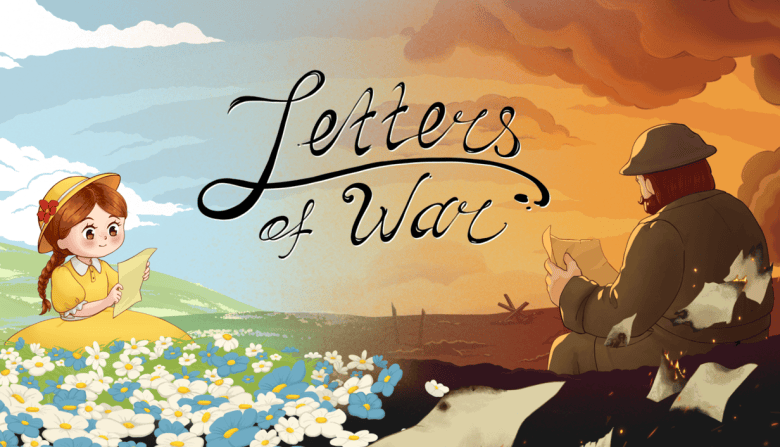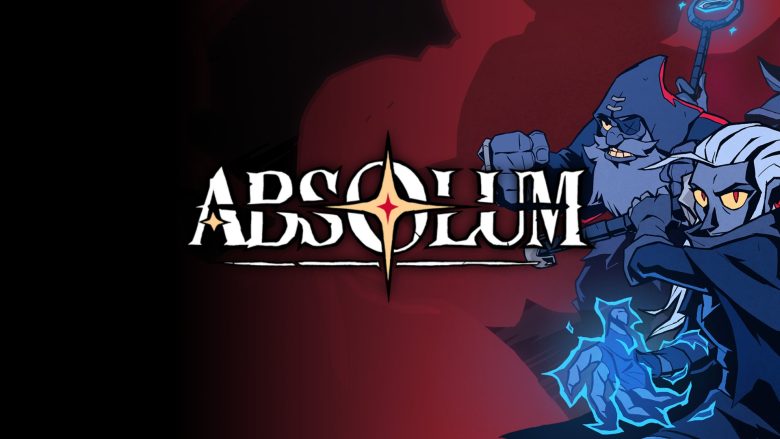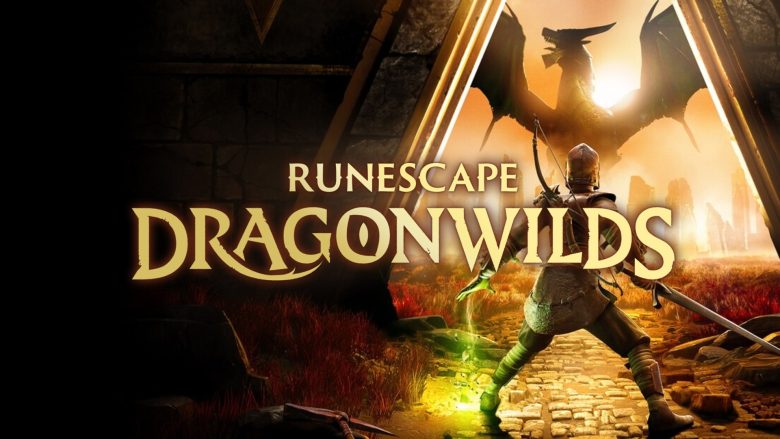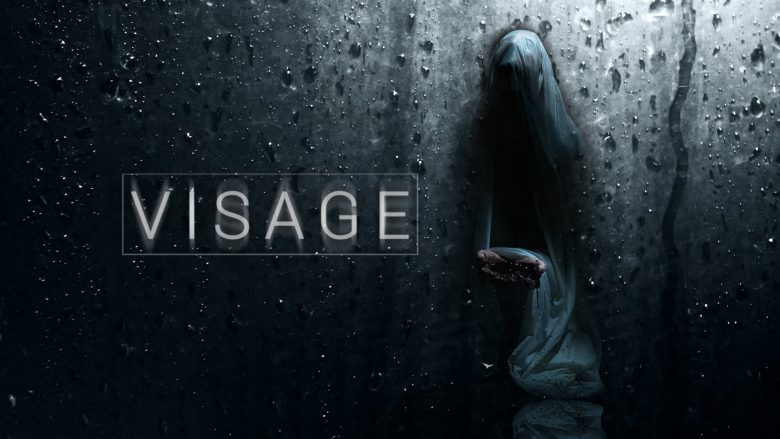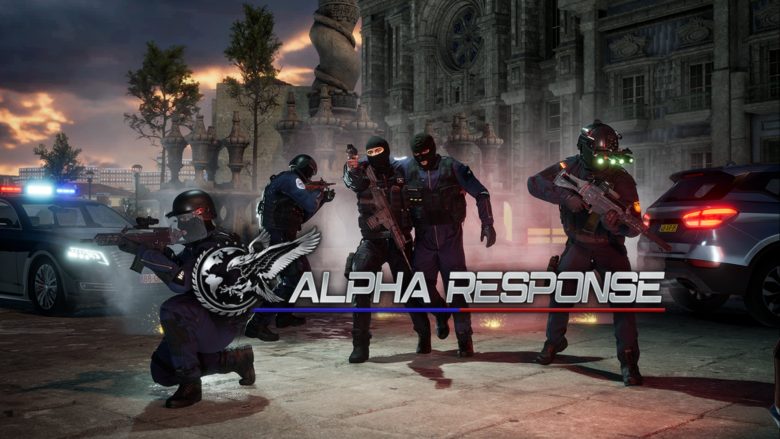Old-school Dungeon Crawler from Salento
The Cursed Castle is an unusual RPG made in Italy, available for Android and iOS, created in 2022 in a small but significant town in Salento: Nardò, by the sole developer Luca Sbenaglia, owner of the software house Web Projects.
A Bit of Old School
The old-school first-person dungeon crawler dates back to 1976, inspired by the first physical and paper edition of Dungeons and Dragons released in 1974. Choosing a character with specific characteristics, using magic, and exploring crypts and dungeons strongly influenced numerous series, reaching its peak in the ’80s and ’90s, culminating with roguelike elements. Later, more player-friendly productions added roguelite elements to make the experience less frustrating and more suitable for a broader audience. Some classic and famous titles include The Bard’s Tale, Dungeon Master, Ultima Underworld, Might and Magic, Legend of Grimrock, or Eye of the Beholder.

Certainly, The Cursed Castle, both in terms of production value (mobile) and its essential style, recalls older products.
Gameplay
We navigate through the rooms of this dungeon in the first person. Each room has a particular enemy to face with its resistances and unique abilities. For example, at the tenth room, there’s a mini-boss that also contains a bit of lore. We can say it’s somewhat unbalanced towards higher difficulty.
When health points run out, the game ends. Fortunately, we don’t lose found equipment. This characteristic is typical of the roguelite genre. We have several spell slots, each with its power level and cooldown—waiting turns to use them again.
As we level up, more slots become available. However, it takes many levels, and it’s poorly balanced in terms of farming.


After battles, we can obtain scrolls containing spells. With three scrolls of the same type, we can learn the spell itself. With three spells of the same type, we can enhance and improve it, for example, from weak to medium and advanced.
However, spells don’t improve automatically but have a success percentage. So, failure is possible, resulting in the loss of a spell—for instance, failing one out of three spells means losing one.
There are various types of magic: protective, healing, and offensive. It’s up to us to decide how to use and assign them to the available slots.
Other Aspects
We have an inventory that can’t be used during battles but only afterward. Unfortunately, changes made to spells and their assignment to our slots don’t change during the game. I’m not sure if it’s a bug, but even if equipped, we can only use them effectively once the game is closed and restarted.

Besides monsters, rooms have random effects like extra enemy damage, more HP, poisoned area, or weaker enemies. There are also other effects that can alter the outcome of the encounter. We might also encounter a merchant or altars to donate money.
We have an expandable inventory that can be upgraded by paying, although the game doesn’t explain this. For every discovered monster, we receive experience, gold, and potions to redeem in the box outside the game. We’ll never run short of either money or potions.
There are two game modes: Adventure and PvP.

As mentioned, the balance has wild difficulty spikes, especially in boss fights or certain encounters, “forcing” you, once health points are lost, to watch an advertisement to recharge.
There are often communication errors between the command given and the server, causing the loss of certain spells or the game to freeze, requiring a restart. Additionally, there are quite a few bugs.


